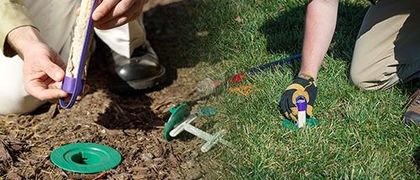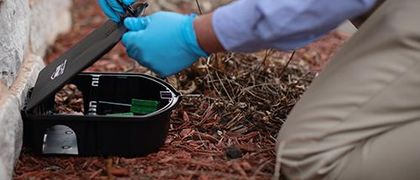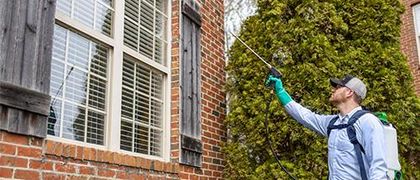Cockroaches in Iowa: Identification, Treatment & Prevention
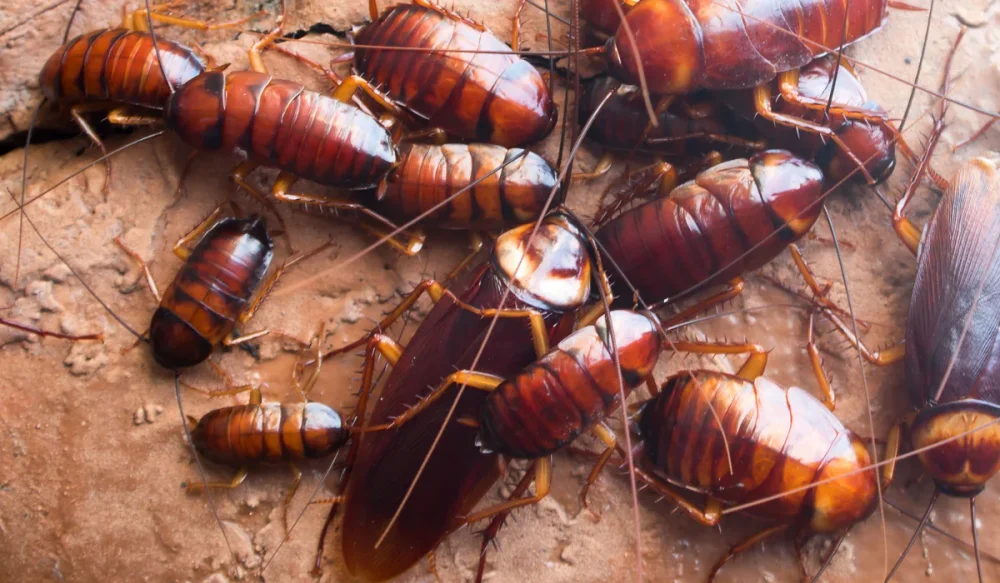
If you’ve lived in Iowa long enough, you know cockroaches aren’t just a problem in big cities or warm climates. An infestation can trigger asthma, carry allergens, and spread bacteria like Salmonella through their droppings. They’ll feed on everything from pet food to organic matter and even damage book bindings.
In this article, we’ll break down the common species found in Iowa, how to treat an infestation, and what you can do to keep them out for good.
Key Takeaways
- Cockroaches are common in Iowa homes, and knowing the species helps decide how to treat the problem.
- German, American, oriental, brownbanded, and wood cockroaches look and act differently in Iowa homes and outdoor spaces.
- Getting rid of cockroaches takes inspection, targeted treatment, cleaning up food, sealing gaps, and calling a trusted exterminator.
- Keeping cockroaches out means reducing clutter, fixing moisture problems, cleaning regularly, and staying on top of pest control.
Common Cockroach Species in Iowa
When it comes to cockroaches in Iowa homes, a one-size-fits-all approach won’t cut it. Each species behaves a little differently, and knowing which one you’ve got is the first step to getting rid of them.
Here's what you're most likely to see around here:
German Cockroach

German cockroaches are the most common species found in indoor infestations across Iowa. You’ll see them in places where food and moisture are present, like kitchens, grocery stores, and basements.
Small in size, about ½ to ⅝ inch long, they’re tan with two dark brown stripes running down their back. They reproduce quickly, and their egg capsules can carry dozens of future pests.
Once they settle in, especially in cramped crevices near heat and humidity, the infestation can spiral out of control.
American Cockroach
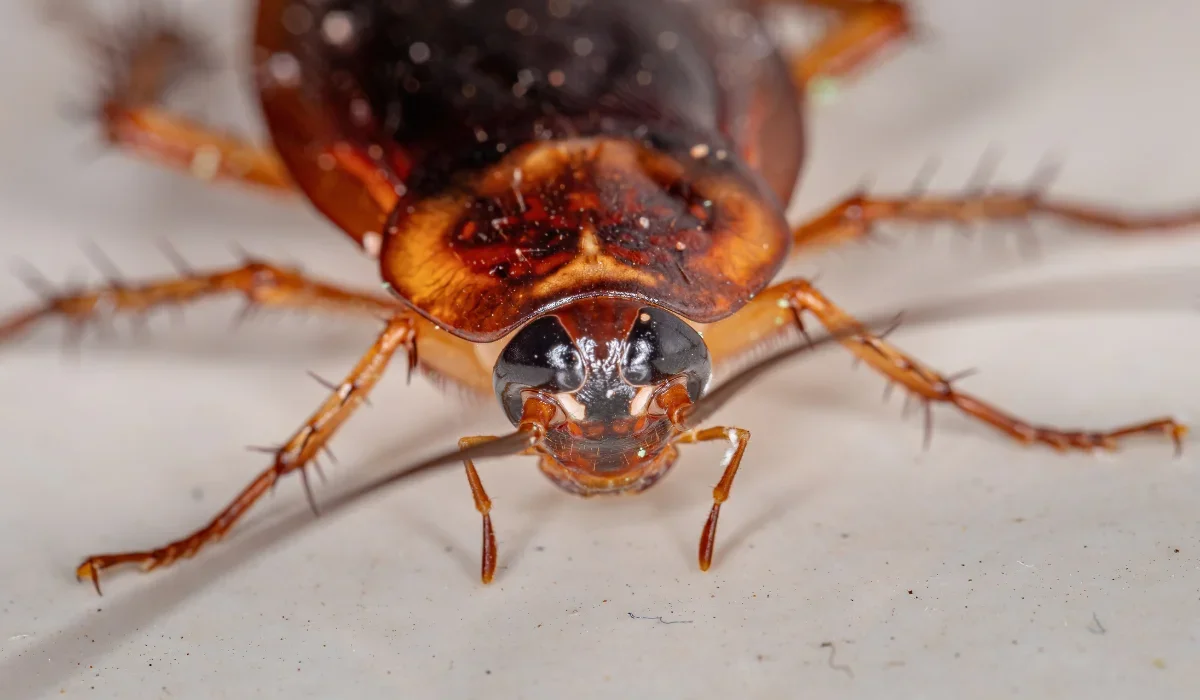
Known in many parts of North America as palmetto bugs, the American cockroach is one of the largest and most recognizable species in Iowa. They’re reddish-brown with a pale yellow figure-eight pattern behind their head.
Often found in sewers, basements, and other damp areas, these roaches can live up to a year and prefer locations with steady moisture. Their larger size makes them easier to spot, especially in crawl spaces and utility areas.
Oriental Cockroach

Often mistaken for a “water bug,” the oriental cockroach is glossy and dark brown to nearly black, typically about an inch long. They’re one of the few species that prefer cooler, damp environments like basements and crawl spaces.
They don’t fly, but they move deliberately, often showing up in Des Moines homes after heavy rains. These roaches are notorious for squeezing into hidden entry points around foundations.
Brown-Banded Cockroach
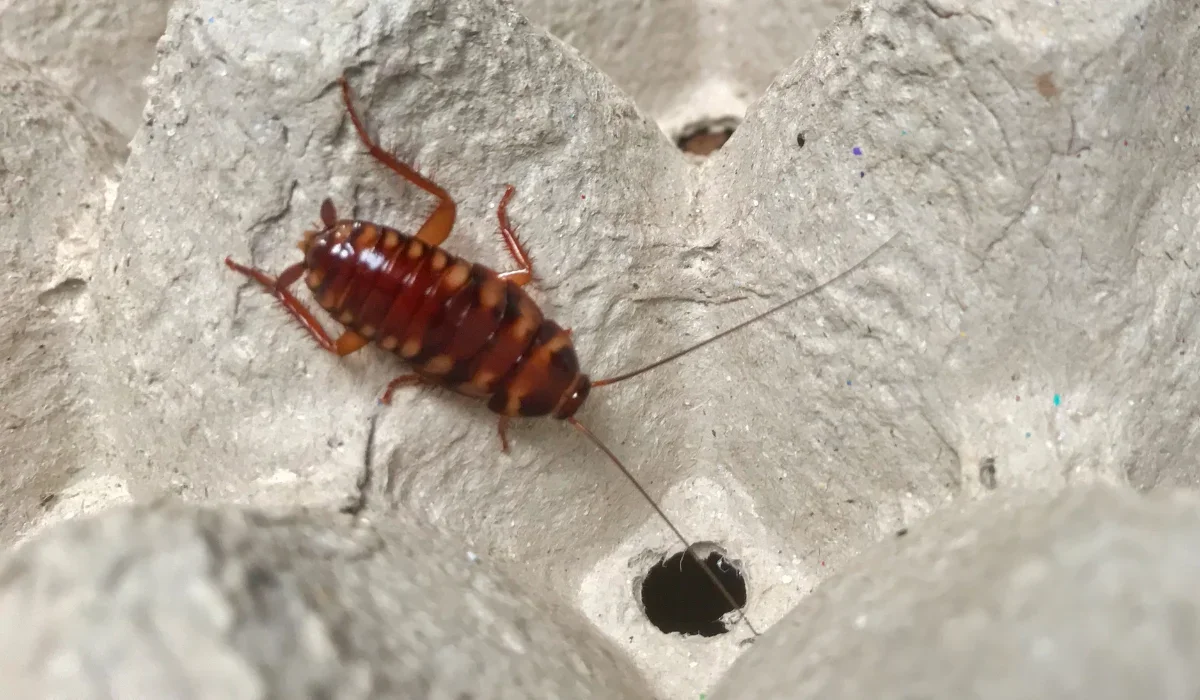
Unlike German roaches, brown-banded cockroaches are more independent and thrive in dry locations. You might find them in high cabinets, closets, or even hiding inside electronics. Their name comes from the light brown bands running across their bodies, particularly noticeable on the wings.
These pests avoid damp areas and tend to spread through apartments or homes by hitching rides on cardboard boxes or used furniture.
Wood Cockroach

The wood cockroach typically lives outdoors in woodpiles or under loose bark but can wander inside Iowa homes by accident, especially during spring and summer. They’re light brown and tend to fly toward lights at night.
While they don’t typically breed indoors, their sudden appearance can alarm homeowners, particularly if they show up in large numbers. They’re less likely to hide indoors, which makes them easier to spot and remove.
How to Treat a Cockroach Infestation in Iowa Homes
If you’re seeing signs of a cockroach problem, don’t wait for the problem to fix itself. Here’s what you’ll need to do to get things under control:
Start With a Thorough Inspection
Roaches are experts at hiding in narrow crevices, behind wall panels, and under sinks.
When inspecting for a cockroach problem, check damp areas, especially basements and crawl spaces. You’ll often find feces resembling coffee grounds, shed skins, or live roaches.
It’s also common to notice a musty odor in heavy infestations, which comes from the allergens they release.
Use Species-Specific Treatment
Not all cockroaches respond to the same approach.
German cockroaches require a targeted treatment plan with an IGR (insect growth regulator) to disrupt their life span and prevent future breeding.
American, oriental, and wood cockroaches respond well to granular baits placed around the home’s foundation and near suspected entry points.
The right strategy often depends on whether the infestation is indoor or structural.
Clean and Eliminate Food Sources
A cockroach’s survival depends on easy access to food and water. This includes crumbs on counters, spills on floors, and even pet food left out overnight.
Regularly clean under kitchen appliances, empty indoor trash bins daily, and store all pantry goods in sealed containers.
Keeping food sources out of reach is one of the most effective long-term strategies for cockroach control.
Seal up Entry Points
Cockroaches can enter through cracks as small as a dime.
Focus on sealing gaps around plumbing, baseboards, and under doors, especially if you live in an older Des Moines or Iowa City home.
Use weather stripping, caulk, or mesh screens over vents and drains to block common entry points.
Hire a Professional Exterminator
DIY treatments can work for small infestations, but larger problems need professional pest control. At Miller Pest & Termite, we tailor cockroach control plans based on the species, size of infestation, and structure of your home.
We never offer one-time services for roaches because follow-up is essential. Our quarterly service model keeps household pests out long-term.
How to Prevent Future Cockroach Infestations in Iowa
Getting rid of cockroaches is one thing.
Keeping them out for good takes a little more effort. Here’s what you can do to make your home less inviting to them moving forward:
Reduce Clutter and Remove Organic Matter
Cockroaches like clutter, especially where there’s organic matter like decaying leaves or mulch. Outdoors, store firewood at least 20 feet from your home.
Inside, declutter storage rooms and avoid keeping cardboard boxes in basements or garages, where roaches love to nest.
Maintain Consistent Sanitation Habits
Regular vacuuming helps remove crumbs, droppings, and egg capsules, especially in corners and beneath furniture.
Sanitize kitchen surfaces daily and keep pet food in containers with tight lids. Avoid leaving dirty dishes in the sink overnight.
Schedule Routine Pest Control
Even if you don’t currently have an infestation, preventive pest control can protect your home year-round.
At Miller, our service plans address visible pests and those hiding in hard-to-reach places. We treat interior and exterior zones, focusing on crevices, cracks, and other common hiding spots.
If you're seeing cockroaches or signs of them, it’s time to call us today.
Get Help Now!


